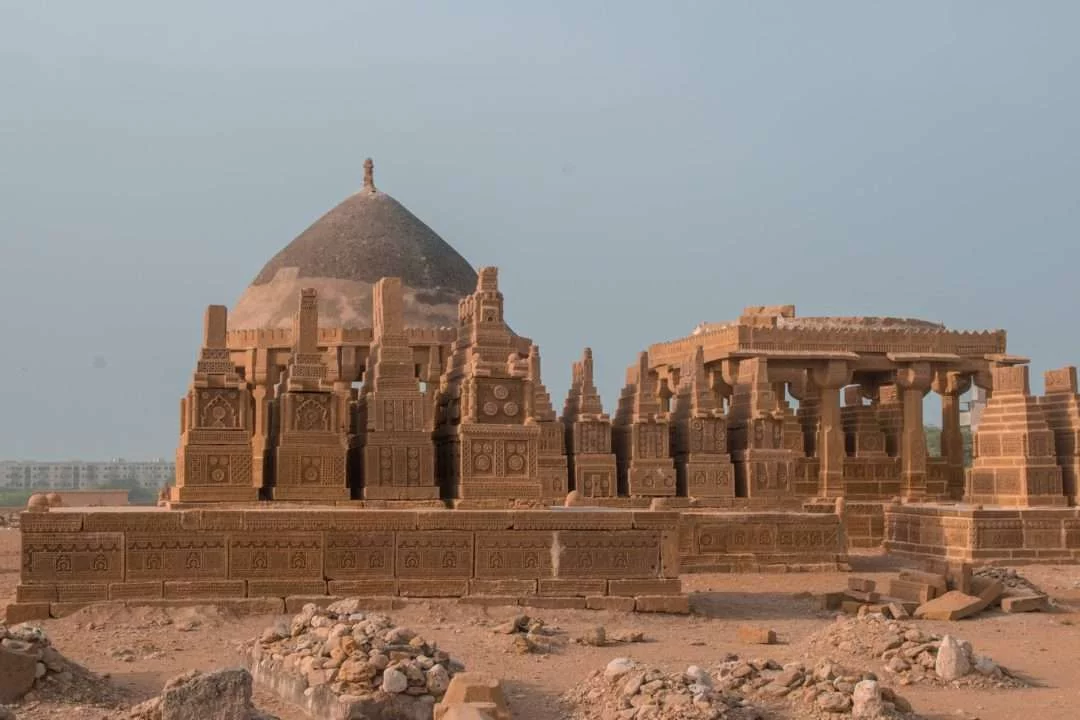Deosai, also known as “Ghabiarsa” by Balti people, means “Summer Place” the best place to visit in the summer. It is the world’s second highest plateau, after the Changthang Plateau, Tibet. This top is a natural attraction and located in Gilgit-Baltistan, landlocked between Kharmang, Astore and Skardu. Its elevation is 4,114 metres above sea level. This high-altitude alpine plain was designated a National Park in 1993.
The word Deosai means “Shadow of the Giant”. It is a combination of the words “Deo” and “Sai”. Deo means “Giant” and Sai refers to “shadow” respectively. For centuries, nomads from Kashmir used the Deosai plains as a summer passage for their herds. People believed that the area was haunted by giants due to its desolation and lack of permanent population. Hence it is called ‘The Land of the Giants’ as well.
Deosai National Park encompasses nearly 3,000 square kilometres of uninhabited grassland surrounded by snow-capped peaks. Its diverse flora and fauna make it a top tourist attraction in Pakistan.
Accessibility
Deosai is located 30 kilometres from Skardu and 562 kilometres from Islamabad. The shortest route to Deosai is from Skardu in the North, but it is also accessible from Astore in the West and Galtari, Kharmang in the South-East. The most popular route is Astore-Deosai-Skardu, which allows visitors to explore the two major valleys.
The route from Astore Valley to Chilum is 70 kilometres long and takes 4 to 5 hours. Jeep ride is the best option for this track.
Best Time to Visit Deosai Plains
The Deosai plains, as the name “Ghabiarsa” suggests, are a summer destination that is covered in snow for rest of the year. This factor eliminates the possibility of long-term human habitation in the area. Tourism in the area is limited, with most visitors arriving during the months of June to September.
The Topography
Deosai is notable for its ecological value as well as its diverse flora and fauna. Deosai plateau is located in the Western Himalayan massif and consists of flat but irregular plains with rolling hills and adjoining mountains.
The topography contrasts sharply with a neighbouring landscape of steep mountains and narrow gorges. The varied terrain features vast alpine meadows and arid stony patches.
Three important river systems, Kala Pani, Shantung and Bara Pani, provide significant watershed value to Deosai. Kala Pani and Bara Pani are tributaries of Shigar river. The lake in the plains, Sheosar is located at an elevation of 4,250 metres above sea level.
The soil of the Deosai plains is eroded and coarse, mixed with various types of gravel stones. The area is characterised by deep soil and marshy vegetation between the mountains. The climate and adaptability of plants on the plateau are influenced by the high altitude.
Because of its location between the Himalayan and Pamir-Karakoram biogeographical highlands, Deosai National Park is highly diversified. Birdlife International has designated it as an Endemic Bird Area. It serves as a resting and breeding area for both resident and migratory birds.
In the summer, Deosai Park attracts hundreds of migratory birds such as Gulls, Geese, terns, Plovers, Shanks, Sandpipers, Common Mergansers and Horned Lark. Goldfinch and Red-fronted Serin, Turtle Dove, Rock Bunting, golden eagle, falcons, Eurasian sparrowhawk, griffon vulture, snowcock, kestrels and pheasants are among the resident species of the Park.
This Himalayan biodiversity hotspot is home to a diverse range of species such as red fox, Phia (Golden marmots), Ibex, Grey Wolf, Snow Leopard and the Ladakh Urial. Brown Bear is specified in this region of the world. The primary goal of Deosai National Park is to protect critically endangered species. Among Himalaya, Karakoram and Hindukush ranges, only Deosai Plateau shows the stability of the endangered species. The water of the Plains is a hub for enormous snow trout, which is a food source for birds as well.
The Desai Plains have a wide range and diversity of flora as well. Hundreds of fragrant flowers grow here, providing food for wildlife. During the spring and summer seasons, the entire area is covered in wildflowers. Colourful butterflies are seen hovering over the vibrant flowers. Deosai Plains is believed to be home to 342 plants. Golden Ragwort, Forget-Me-Nots, Pink Sedum, Tumoro (local name for wild Thyme), Gentian, Asian Bell Flower, Geranium, Scabious, Thistle and Monkshood have medicinal value. Only seven communities have grazing licences in this protected area of the Plains.
The best trekking destination to explore the surrounding wilderness is Deosai National Park. Tourists can try fishing after crossing the bridge at Bara Pani. The river is home to several species of trout. Fishing licences are available from Park authorities for a nominal fee. Camping is best at Bara Pani and Sheosar Lake. If the lush green landscape is a treat during the day, the clear starry sky at night allows tourists to enjoy stargazing.
The environment of the plateau is characterised by low atmospheric pressure, high aridity, extreme cold and intense solar radiation. The unpredictability of the weather adds to the mystery of Deosai, as it snows in the summer and the sun frequently appears with the clouds.




